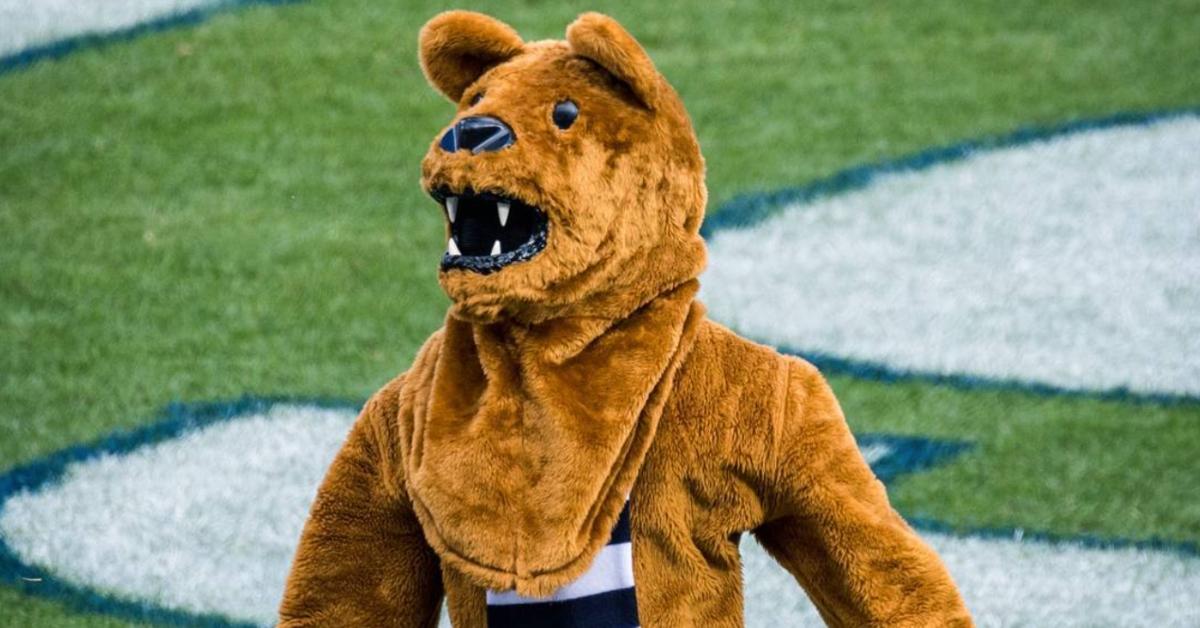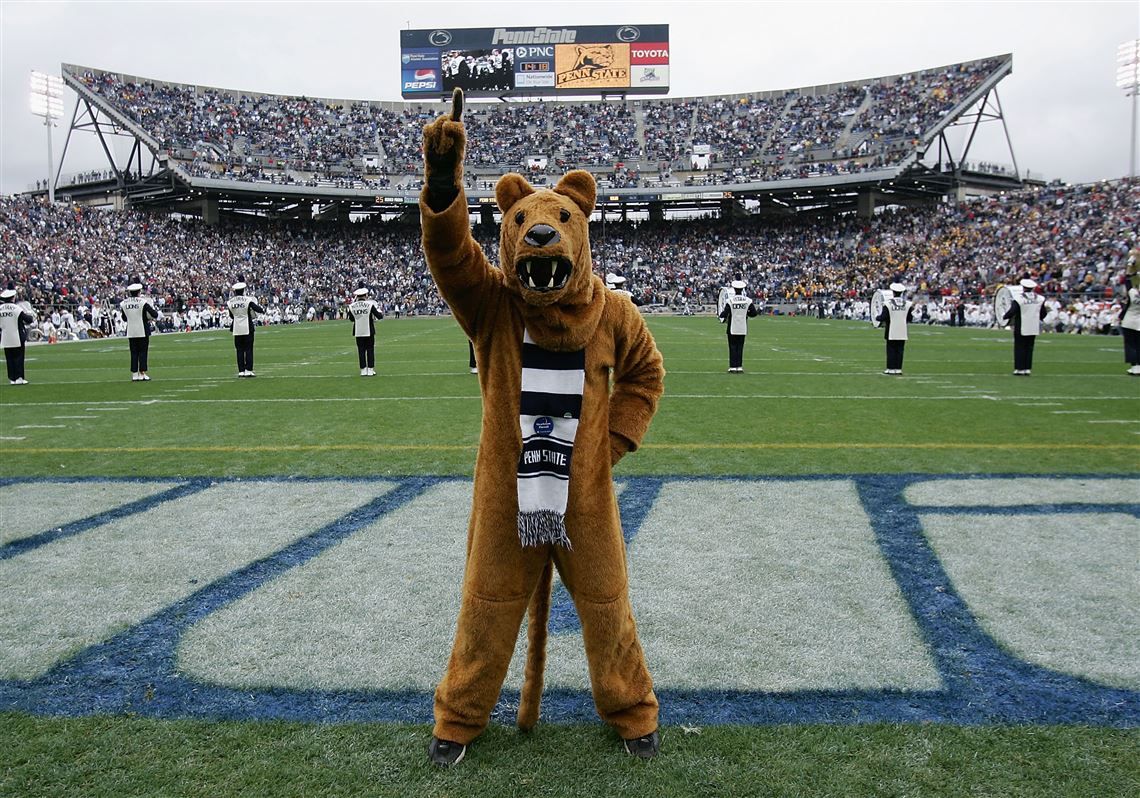
Penn State's Iconic Mascot: Unveiling the Nittany Lion's Legend
Introduction
For over a century, the Nittany Lion has symbolized the indomitable spirit and fierce pride of Penn State University. Clad in its majestic mane and unwavering gaze, the lion has become an iconic representation of the university's athletic prowess and academic excellence. However, beneath its imposing exterior lies a rich and complex history that unveils the multifaceted nature of this beloved mascot.
Origins and Evolution of the Nittany Lion
The Nittany Lion's genesis can be traced back to the early 1900s. In 1907, a group of students at Penn State adopted a mountain lion cub as their unofficial mascot. The cub, named Nittany, was a native of the Nittany Mountains that surround the university. Over the subsequent decades, Nittany became a beloved symbol of the university, appearing at sporting events and other campus functions.
In 1934, Nittany was officially designated as the university's mascot. However, the original live lion was retired in the 1950s due to safety concerns. In its place, a series of costumed mascots have donned the Nittany Lion persona, each adding their unique flair to the role.
Symbolic Significance and Interpretation
The Nittany Lion embodies a multitude of meanings and interpretations. For many, it represents the strength, courage, and unwavering determination of Penn State students and alumni. Its majestic mane symbolizes the academic excellence and intellectual prowess of the university. The lion's fierce gaze reflects the competitive spirit and indomitable will to succeed that permeates Penn State's athletic teams.
However, some critics argue that the Nittany Lion perpetuates harmful stereotypes of Native American culture. The lion's aggressive posture and its use of a "war bonnet" have been interpreted by some as a disrespectful depiction of indigenous peoples. Others contend that the Nittany Lion is a harmless symbol of school pride and has no intention of perpetuating harmful stereotypes.
Perspectives on the Nittany Lion
The Nittany Lion evokes a range of perspectives among Penn State's students, faculty, and alumni. Some view it as an outdated symbol that no longer reflects the university's values of diversity and inclusion. They argue that it is time for Penn State to retire the Nittany Lion and adopt a new mascot that better represents the university's commitment to a welcoming and inclusive environment.
Others argue that the Nittany Lion is an essential part of Penn State's heritage and should be preserved. They emphasize the mascot's historical significance and its role in fostering a sense of community and pride among Penn Staters. They maintain that the Nittany Lion can be updated and reinterpreted to reflect the university's evolving values while still maintaining its iconic status.
Real-Life Examples and Impact
The Nittany Lion has had a profound impact on the lives of countless Penn Staters. For generations, it has been a source of inspiration and motivation for students, athletes, and alumni. The mascot has played a pivotal role in promoting Penn State's reputation as a world-class university and a vibrant athletic powerhouse.
However, the debate surrounding the Nittany Lion's symbolism has also sparked heated discussions and protests. In recent years, there have been growing calls to retire the mascot due to its perceived insensitivity towards Native American culture. These protests have led to a renewed examination of the Nittany Lion's legacy and its place in the university's future.
Conclusion and Reflection
The Nittany Lion is a complex and multifaceted symbol that embodies both the pride and the challenges of Penn State University. Its origins, evolution, and symbolic significance have been shaped by a rich history and a multitude of perspectives. While some argue that it perpetuates harmful stereotypes, others maintain that it is an essential part of the university's heritage. As Penn State continues to evolve and navigate the complexities of its mascot, it is imperative to engage in thoughtful and respectful dialogue that ensures the university's values of diversity and inclusion are upheld.
The Nittany Lion's legend is a reminder that symbols can carry multiple meanings and interpretations. It is through critical examination and ongoing dialogue that we can ensure that our symbols reflect our values and aspirations, and that they continue to inspire and unite our community for generations to come.
